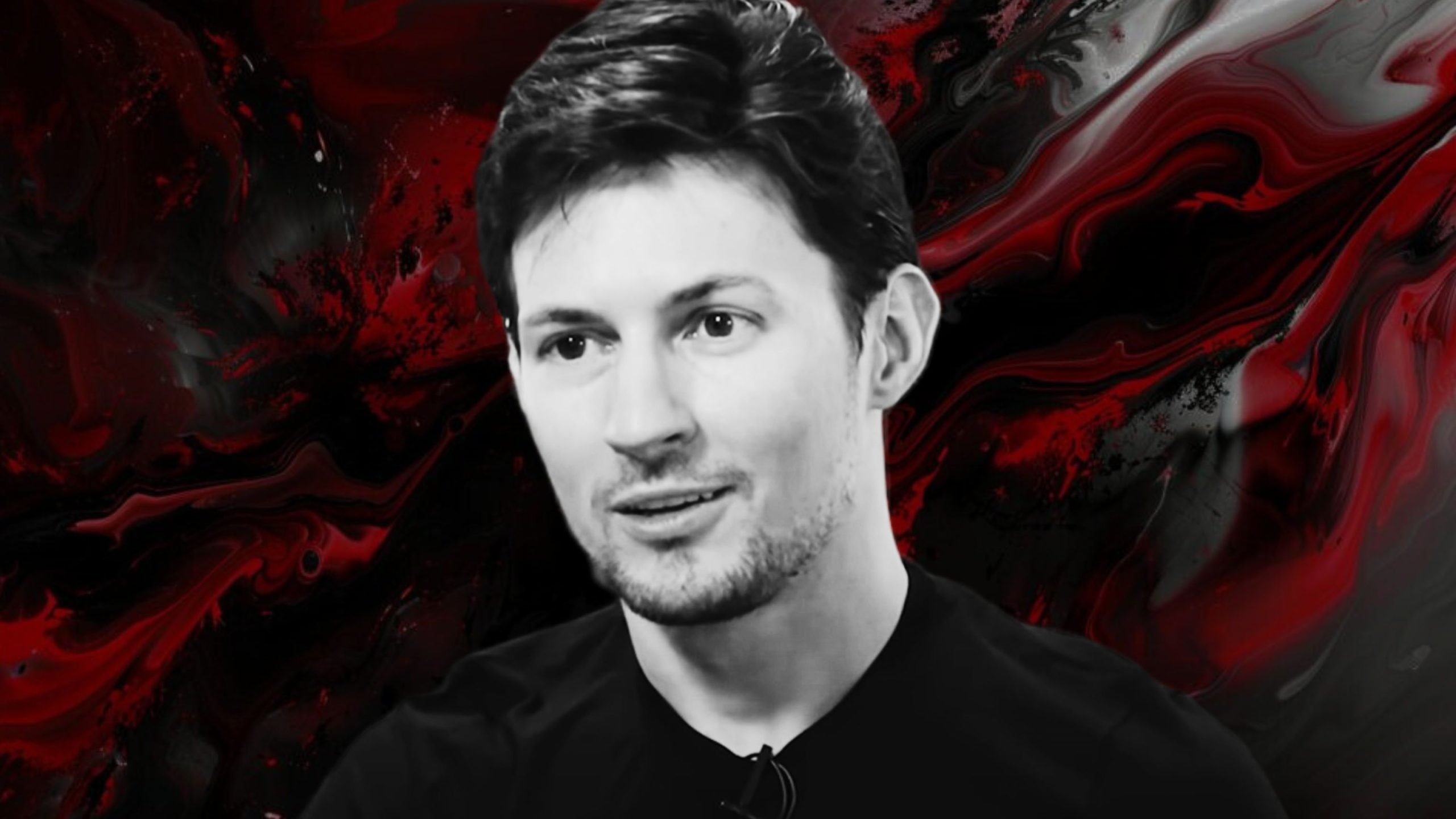
www.theblaze.com
Dems try and fail to keep Cornel West off ballot in Michigan, Jill Stein in Wisconsin
The Democratic Party has tried and failed to keep third-party presidential candidates off the ballot in two key swing states.MichiganIn Michigan, the state Democratic Party, Democrat Secretary of State Jocelyn Benson, and a Democrat-affiliated PAC filed a motion to contest the eligibility of Cornel West, a far-left Independent candidate who describes himself as a "non-Marxist socialist."A 'decisive victory for democratic principles and voter choice.'On August 16, the Michigan Bureau of Elections, a subdivision of Benson's office, informed West that he would not appear on the ballot because of alleged problems with his affidavit of identity. According to the agency, West left items blank and did not include a proper notary.On Saturday, however, Michigan Court of Claims Judge James Robert Redford ruled that presidential candidates need not submit an affidavit of identity at all, the AP reported.The affidavits of identity "the candidates filed cannot serve as a mechanism to exclude them from the ballot," Redford wrote.Redford also determined that West and his running mate, Melina Abdullah, had submitted more than double the 12,000 signatures necessary to appear on the ballot and that more than 16,000 of those signatures were valid.On Monday, the Michigan Board of Canvassers reaffirmed West's eligibility, voting 3-1 that he had submitted the required signatures.West called the ruling a "decisive victory for democratic principles and voter choice.""We are grateful for this affirmation and promise to continue championing the rights of all voters," West said in a statement.Meanwhile, attorney Mark Brewer, a former chair of the Michigan Democratic Party, claimed he already filed an appeal with the Michigan Court of Appeals regarding West's affidavit of identity. Brewer also plans to appeal the ruling on the grounds at least some of West's submitted signatures were allegedly forged.The Bureau of Elections and the Department of State, currently run by Benson, likewise plan to file an appeal about the affidavit of identity, said department spokeswoman Angela Benander.WisconsinThe Wisconsin Supreme Court similarly frustrated Democrats after ruling that Green Party candidate Jill Stein will appear on the ballot in November.Wisconsin Green Party Co-Chair Michael White told the AP ... the attempt by the DNC to keep Stein off the ballot evinced a 'mark of fear by the Democratic Party.'David Strange, a staff member of the Democratic National Committee, filed a complaint with the Wisconsin Elections Commission earlier this month, claiming that Stein was ineligible for the ballot because the Green Party has no state officeholders or candidates for office, the persons who then become presidential electors and cast the official votes in the Electoral College, the New York Times reported.In a three-page, unsigned, and unexplained decision, the court ruled against Strange, determining "that the petitioner is not entitled to the relief he seeks."Stein cheered the decision, calling it a "big win against the anti-Democratic Party’s war on democracy and voter choice!"Wisconsin Green Party Co-Chair Michael White told the AP that it "was an inevitable conclusion because the complaint had no merit to begin with and we knew that." He also added that the attempt by the DNC to keep Stein off the ballot evinced a "mark of fear by the Democratic Party."RFK Jr.Yet another left-leaning candidate, RFK Jr., who has since suspended his campaign and endorsed Republican former President Donald Trump, told Blaze Media co-founder Glenn Beck on Monday that Democrats engaged in lawfare and even hired "private investigators" to "character-assassinate" him in hopes of keeping him off the ballot this fall."They had to get me off the ballot using the judicial system and Donald Trump off the ballot using the judicial system," RFK Jr. said of Democrats. "It's all about ironclad control of the outcomes and no longer having any trust in the people of our country."As leftists championing leftist causes, Stein, 74, and West, 71, will likely siphon votes away from Democratic candidate Kamala Harris, while RFK Jr. was expected to pull more votes from Trump than Harris.Like Blaze News? Bypass the censors, sign up for our newsletters, and get stories like this direct to your inbox. Sign up here!














/https://tf-cmsv2-smithsonianmag-media.s3.amazonaws.com/filer_public/c7/e2/c7e2d0ca-8dd1-461e-a4d4-7abd693e6695/sepoct2024_l08_prologue.jpg)


